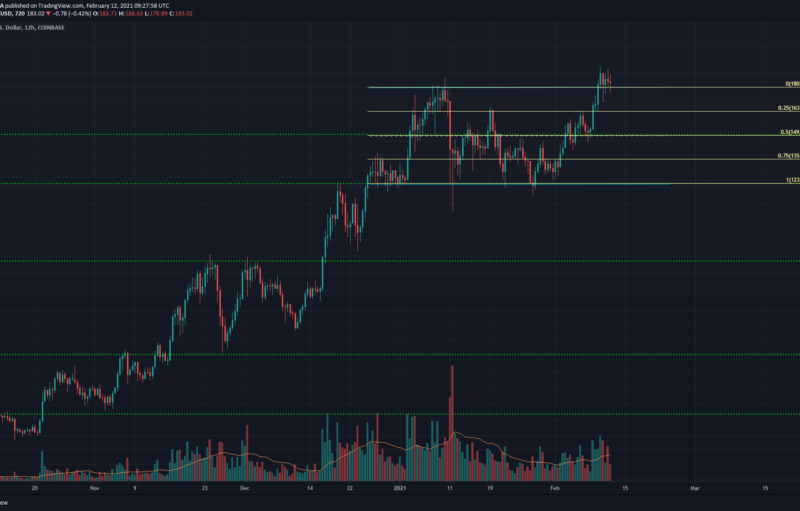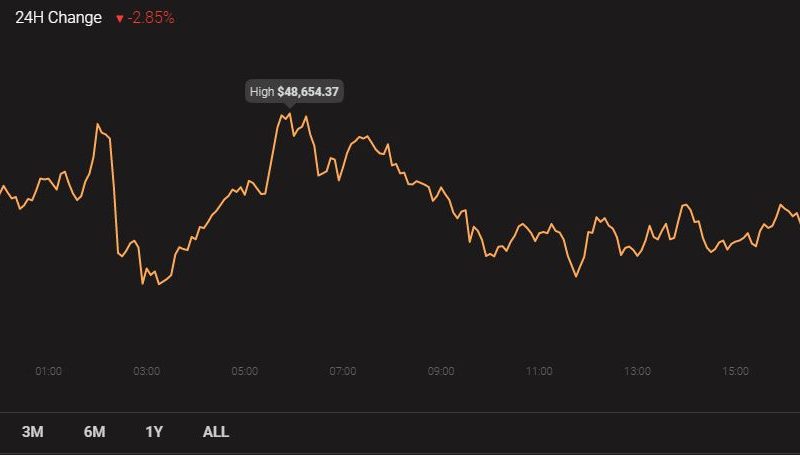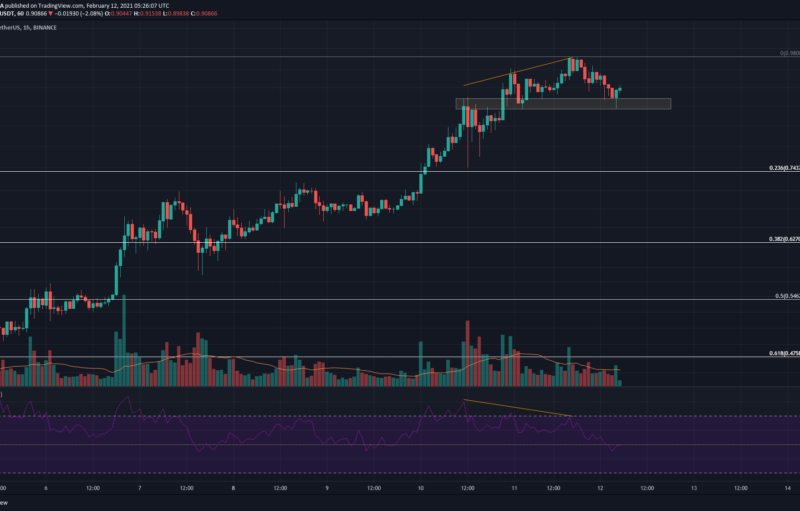
In their bid to source new customers, crypto exchanges will have to reinvent themselves as more than just trading venues.
Hungry for Yield: Giving Users What They Want
Decentralized finance (DeFi) has championed a new category of investment in the cryptocurrency industry, as the search for yield in crypto native money markets intensifies. Not everyone wants to run a browser wallet or use complicated dApps to access lending markets like Compound and dYdX.
Cryptocurrency exchanges have the chance to open themselves up to a wider array of services, allowing them to attract new customers and improve their standing with existing users. Lending markets offer the opportunity to passively earn money while keeping one’s capital parked in stablecoins, eliminating exposure to the infamous volatility risk seen in the broader cryptocurrency market. Introducing proxy savings accounts gives traders the option of earning a yield while they are on the sidelines waiting for an opportunity.
Margin lending already exists on most exchanges, however, the rates are too low to attract significant capital. Creating money markets where users can borrow and lend cryptocurrency is a step in the right direction, but for a true savings account experience, exchanges should potentially look to implement something like the DAI Savings Rate offered by Maker. Coinbase recently launched a similar product to give users the ability to deposit USDC in a makeshift savings account.
Dharma is a dApp that acts as a savings account on top of Compound. Cryptocurrency exchanges can implement a similar interface to give users seamless access to yields.
Crypto Exchange Value Added Services
Dealing with taxes is a cumbersome task for cryptocurrency investors. This is another opportunity exchanges can jump on to juice an extra source of revenue. The opportunity is akin to monthly invoices sent by traditional financial market brokers to clients. Accounting and tax management would be made much easier for frequent investors who would no longer need to manually log all of their trades. Opportunities in the realm of taxation encompass other activities, such as advice regarding the harvesting of losses to reduce taxable gains.
Additionally, many exchanges joined private networks to improve payment finality for Bitcoin. This gives customers the ability to move their funds at a rapid pace without worrying about paying a high fee to have their transaction confirmed in the next block. While exchange agnostic solutions like Liquid have yet to gain noteworthy traction, their product has been integrated across large exchanges, such as BitMEX, Bitfinex, and Huobi. The Lightning Network promises a similar proposition, except with more widespread possibilities as adoption of the protocol grows. It seems reasonable to expect that the most widely adopted solution in this regard will come from a non-competing entity without exchange services, just as SWIFT was created as a bank agnostic solution.
To summarize, exchanges are on the cusp of a major paradigm shift that can see them further solidify themselves as an integral part of the cryptocurrency ecosystem. The way exchanges view and approach these changes will be vital to determining which players dominate the market over the next few years.
The post appeared first on CryptoBriefing






